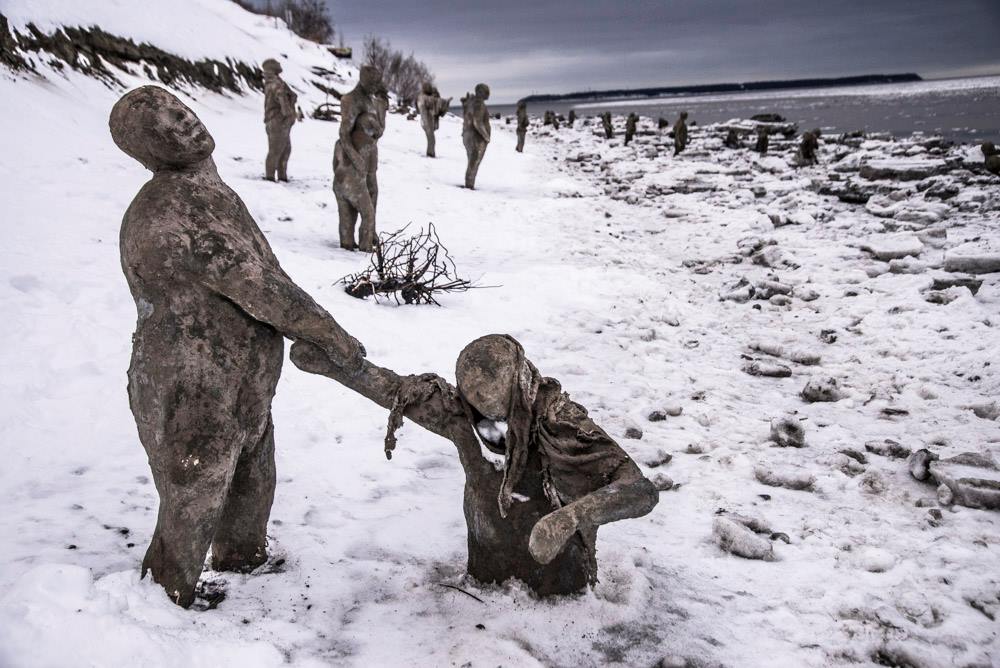In the United States, COVID-19 is a public health crisis of unprecedented magnitude.
Individual and collective behaviors are contributing significantly to the steep upward curve of COVID-19 incidence as people struggle to adhere and adapt to social distancing, shelter-in-place measures, and sudden financial uncertainties. The arts are one of most powerful means for communication and coping we have at our disposal today.
With its vast array of arts and cultural resources, the United States is well-equipped to lead the world in mobilizing artists and the arts sector for communication, and to help people to connect, cope, and be well in the short and long term.
Artists are influencers and trusted community members, which is especially important at times when trust in government institutions is in question.
WHAT YOU CAN DO NOW:
Engage artists.
Optimize audience interest, relevance, reach, social learning, and collective behavior change by engaging artists at every stage of health communication planning and delivery.³ See Amplifier’s Global Open Call for Art
and UNICEF’s Voices of Youth Art Campaign.
Collaborate.
Ensure accurate, targeted and accessible messaging through collaboration across public health and arts sectors. See the popular Ghen Co Vy handwashing dance and the Philadelphia Street Department’s partnership with Mural Arts.
Source reliable information.
Craft arts-based communications using up-to-date information from the CDC
or the Ad Council’s COVID-19 Toolkit.
WHAT WE LEARNED FROM THE EBOLA PANDEMIC:
In 2014-2015, artists in West Africa demonstrated the power of the arts to disseminate critical health information to help stop the spread of Ebola. Swift investments by UNICEF, USAID, and others enabled rapid and broad communication through popular music, murals, radio and television dramas, and film festivals. Popular musicians wrote, performed, and recorded songs with lyrics informed by UNICEF’s public health experts, and they topped the charts in Liberia within days. These collaborations were highly effective in shifting widespread beliefs and behaviors associated with the transmission and care of the virus.
HOW THE ARTS ENHANCE CONNECTION, COPING, AND WELLBEING:
1. Through social engagement, emotional connection, learning and enjoyment.⁴
2. By providing direct physical and mental health benefits, including physical activity, relaxation, expression, connection and meaning-making.⁵
3. By activating the values we need most in difficult times, including joy, hope, meaning, empathy and resilience.⁶
People turn to the arts in challenging times because they help us to heal, to share stories, to make meaning, and to drive collective action and social change.
WHAT YOU CAN DO NOW:
Adapt programming.
Shift performances, classes, and other arts and cultural activities to accessible online or safe distance community-based formats. See the rapidly growing Social Distancing Festival
online and neighborhood dancing at a distance parties.
Facilitate connection.
Center opportunities for active engagement and connection. See D-Nice’s epic Club Quarantine
and John Legend’s #Togetherathome
concert, co-presented by WHO and Global Citizen.
Think long-term.
Tap into artists’ imaginations and problem-solving skills now to drive community revitalization, restoration of societal connections, and new support systems for public health beyond the immediate crisis. See the indigenous women’s online beading circles
and the NYCapsule
project.
ARTISTS AND COVID-19
Artists in the United States have mobilized quickly in response to COVID-19 with efforts addressing social isolation, mental health and resilience among elders, children, healthcare workers, and whole communities. These approaches also help raise awareness of the heightened structural inequities
that have been revealed and exacerbated by this crisis. Numerous populations - including people with disabilities, rural communities, older adults, and those with financial insecurity - have faced this challenge for decades and have significant knowledge and leadership to contribute. And, since artists themselves are among those facing extreme financial uncertainty, these arts-empowered approaches to communication and coping can also help to employ artists and to sustain arts organizations at this critical time. Now more than ever, the power of the arts are needed to help build a more equitable, caring and humanistic world.
TAKE ACTION:
Add your work to the COVID-19 Arts Response, and use it to find collaborators
Utilize key message recommendations from the UN’s Global Open Call to Creatives
Take action in your community using examples and recommendations in these [state and local advisory briefs]
Find and cite the evidence using the Evidence-based Framework for Using the Arts in Public Health
Learn more about how the arts can address public health issues, including collective trauma, mental health and social isolation, in the
Creating Healthy Communities through Cross Sector Collaboration White Paper
¹⁻⁶ Citations can be found here.






